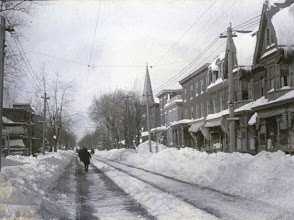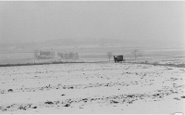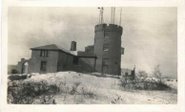Scattered reports of SN in the E are beginning to appear.
From KMWN (Mt. Washington, NH)
Oct. 12122353Z 28054G62KT 1/16SM BLSN FZFG VV000 M04/M04 RMK SNB00E45
Oct. 13132156Z 27025KT 1/16SM -SN FZFG VV001 M04/M04 RMK SNB15
132255Z 27031KT 1/16SM BLSN FZFG VV000 M04/M04 RMK SNE45 VRY LGT ICG
Today140251Z 25030G34KT 1/16SM -SN DRSN FZFG VV000 M04/M04 RMK SNB05 VRY LGT ICG
140453Z 27046G51KT 0SM BLSN FZFG VV000 M04/M04 RMK SGE05SNE45 VRY LGT ICG
141059Z 29042G50KT 0SM -SN FZFG VV000 M07/M07 RMK SNB45 VRY LGT ICG
140351Z 27033G37KT 1/16SM -SGSN BLSN FZFG VV000 M04/M04 RMK SGB45 VRY LGT ICG
140453Z 27046G51KT 0SM BLSN FZFG VV000 M04/M04 RMK SGE05SNE45 VRY LGT ICG
140547Z 29032KT 1/16SM -SG BLSN FZFG VV000 M05/M05 RMK SGB35 VRY LGT ICG 60009 4/001 931008 11034 21049
140654Z 28049G56KT 1/16SM BLSN FZFG VV000 M06/M06 RMK SGE20 VRY LGT ICG
141255Z 28034G43KT 0SM -SGSN FZFG VV000 M07/M07 RMK SGB40 VRY LGT ICG
141350Z 30042G50KT 0SM BLSN FZFG VV000 M07/M07 RMK SGSNE15 VRY LGT ICG
141449Z 30041G47KT 0SM -SG BLSN FZFG VV000 M07/M07 RMK SGB30 VRY LGT ICG
141752Z 30041G49KT 0SM BLSN FZFG VV000 M06/M06 RMK SGE20 VRY LGT 60006 931007 11062 21077
141855Z 29045G49KT 0SM -SG BLSN FZFG VV000 M06/M06 RMK SGB40 VRY LGT ICG
Another report of snow from
Snowshoe Mt...West Virginia during the afternoon of Oct. 11.






































